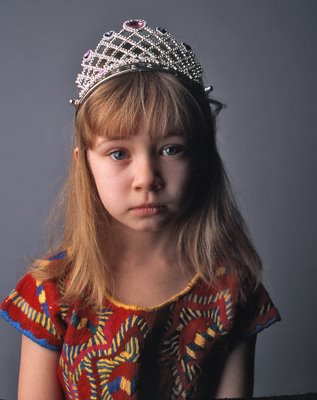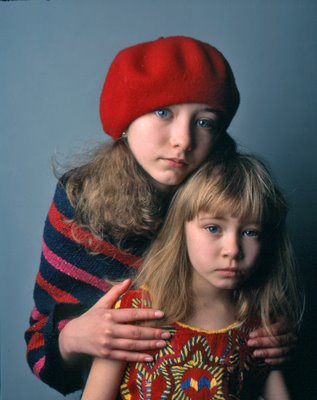Nadie Es Profeta En Su Tierra
Monday, January 26, 2009

When my grandmother would feel frustration she would often say, "Nadie es profeta en su tierra." Translated to English it is "No one is a prophet in their own land." The quotation is from Christ himself in Luke 4, 21-30. In Nazareth, the city of his childhood He told his listeners that He indeed was the Messiah. The crowd grew angry at His blasphemy.
The quotation is especially relevant in the Vancouver arts scene. Wonderful dancers and actors (as an example) languish here for years yet when they move they are often a success. It is then that our newspapers will suddenly run glowing articles on them. A recent example is Jason Wu who designed Michelle Obama's ball gown. It seems that Wu might have stopped in Vancouver for some time (the YVR men's room?). That was enough for the paper to claim pride in a Vancouverite who made it big elsewhere.
This happens everywhere else. Consider Argentine national poet, Leopoldo Lugones. His son Polo is credited with the invention (use of) the Argentine cattle prod as a torture instrument during Argentina's dirty war. Few in Argentina might know of Lugones's fame abroad and his influence in the invention of the Taser. But then even in infamy one cannot be a prophet in his own land. On the other hand while the policeman Lugones is somewhat known around the world for his contribution, Lugones father is all but unknown.
Shifting to an infamy of a smaller kind, on Saturday, after much nagging I finally had my granddaughters in the car on the way to my studio to take their portraits. It had been a while (sometime in late summer) when I had last had them in front of my camera. I get very little support either at home or at Rebecca and Lauren's home. Like churches, newspapers, I am becoming invisible. If I cannot be seen, what I do cannot be missed or appreciated.
In the back seat Rebecca was crying. "I hate to have my picture taken by you. The sessions last for three hours (not true!). Why can't you take pictures like my other grandpa. I don't even notice when he takes them." The only kind remark I could utter in defense of my kind of portraiture versus the snapshot technique was, "What I do is different." Once in the studio Rebecca made an agreement with Lauren that she would go first. While I was taking pictures of the more positive inclined Lauren, Rebecca was playing with her twin screen game box.
By the time Rebecca sat down to face my camera she apologized for her behaviour and settled in.

I have been compiling a mental list on how the world is rapidly changing in 2009. TVs and computer monitors will become one and the same (and the shift will not be in the middle but towards the laptop!). YouTube is second only to Goggle as a search engine. A younger generation finds a static image surrounded by copy (type) as not useful in comparison to an image that streams and moves with a soundtrack. The British writer Julian Barnes predicts that in our lifetime people will enter churches without knowing their purpose. My Rebecca has no concept of the newspaper.
I am adding my type of portraiture to the list of bygones. We are returning to the era of the Kodak Instamatic (not instant at all, and Kodak gone) of quick images made all the more cheaply by not having to think about the expense of using film.
My kind of portraiture where I use an artificial light source that mimics the Flemish painter's window is all but forgotten. Perhaps as forgotten as is Jan van Eyck except in very small circles of decaying highbrows.

I have been fascinated by whatever spark of soul that is in a live person's eyes that is not there when that person dies (many 19th century photographers parked their tripod and cameras in front of dying adults and children in a futile effort to capture that moment of life shifting into death). I have been interested in the stark portrait for a long time and recently I have found ways of paring it down even more. I eschew long lenses and now use a lens that gets me as close to my subject as possible so that I am in their face. There is no music in my studio and I don't tell my sitters (they are usually standing or sitting on the corner of a chair) to relax. I want to make them feel on edge. I want that visual confrontation.
Perhaps it is a fear of visual confrontation that is causing this shift towards the snapshot capture. It is far more comfortable to make friends with an anonymous person in one of the online social networks. We never have to look at them in the eye.






